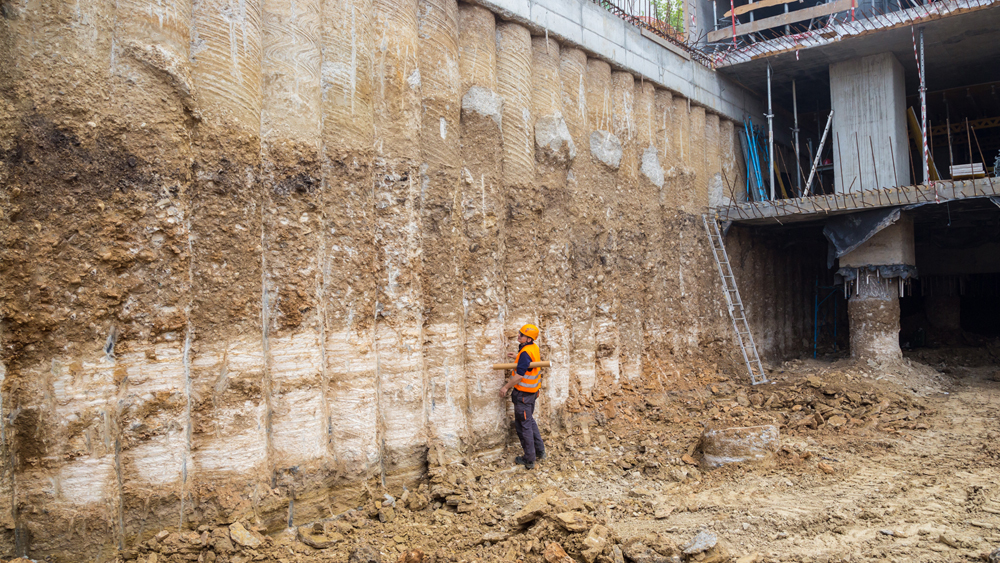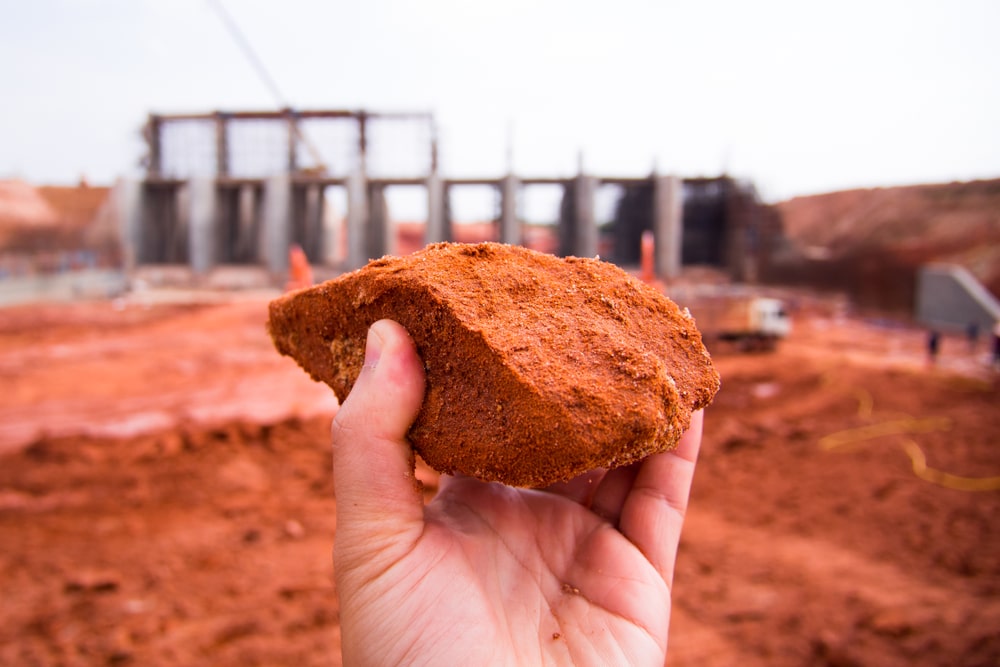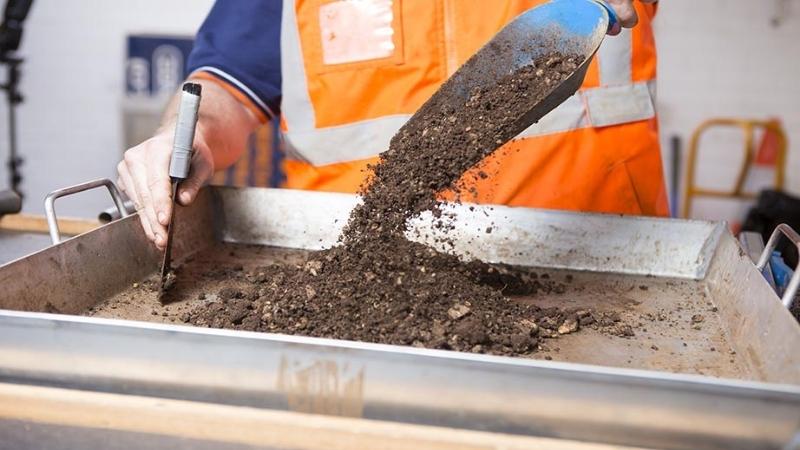A Thorough Summary of Geotechnical Design Techniques and Their Effect on Modern Civil Engineering Projects
Geotechnical engineering functions as the foundation of contemporary civil engineering, supplying important strategies that deal with the intricacies of subsurface problems. The interaction of dirt analysis, structure design, and ingenious technologies shapes the stability and sustainability of framework projects. As we discover these methodologies, it becomes clear exactly how essential they remain in mitigating prospective dangers associated with building. The implications of these methods extend past simple security; they additionally influence job effectiveness and environmental factors to consider, elevating crucial inquiries concerning future advancements in the area. What continues to be to be discovered is the transformative potential of these innovations on metropolitan growth.
Significance of Geotechnical Design
Geotechnical engineering offers as an important structure for civil engineering jobs, affecting the security and security of frameworks. This self-control concentrates on the behavior of dirt and rock products, offering important understandings that guide the style and construction procedures. By understanding the interaction between the planet and engineered frameworks, geotechnical engineers can examine risks related to ground conditions, such as settlement, incline stability, and liquefaction.
The significance of geotechnical design expands beyond plain structural integrity; it plays a vital duty in environmental security and sustainability. Appropriately implemented geotechnical evaluations make certain that jobs decrease their ecological impact and adhere to regulatory demands (geotechnical companies in south africa). In addition, geotechnical design is critical in website selection, making it possible for engineers to determine suitable areas for building and construction that mitigate potential threats.
In enhancement, geotechnical design promotes development in civil engineering by advancing strategies for ground enhancement, structure layout, and excavation. The technique's payments are critical in attending to difficulties positioned by varying soil conditions, therefore helping with reliable and secure facilities advancement. Generally, the significance of geotechnical design is paramount in making certain that civil design tasks are not only practical yet also durable versus natural and manufactured hardships.
Trick Strategies in Geotechnical Engineering

Another essential technique is dirt stablizing, which entails changing dirt buildings to enhance load-bearing capacity or decrease settlement. Approaches such as including concrete, lime, or utilizing geosynthetics are frequently used to attain dirt renovation.
Ground improvement methods, including vibrant compaction and vibro-replacement, are additionally crucial. These approaches aim to compress soft or loosened dirts, improving their stamina and minimizing liquefaction possibility in seismic areas.
Keeping frameworks, such as sheet heaps and dirt nailing, are utilized to support excavations and stop soil motion. In addition, slope stablizing methods, consisting of drainage systems and preserving walls, are necessary for alleviating landslide risks.

Soil Evaluation and Evaluating Techniques
Reliable soil evaluation and testing methods are crucial for understanding the physical and chemical residential properties of dirt, which directly affect design decisions. A detailed evaluation of soil attributes is vital for anticipating habits under different loading conditions and ecological influences.
Common soil screening approaches consist of both field and laboratory methods. Field examinations, such as the Standard Penetration Examination (SPT) and Cone Penetration Test (CPT), provide instant understandings into dirt stratification, density, and stamina. These examinations help designers evaluate website conditions efficiently before even more extensive laboratory analyses.
Research laboratory testing methods, such as Atterberg restrictions, grain dimension distribution, and compaction examinations, are crucial for identifying dirt plasticity, wetness web content, and ideal compaction levels. Advanced methods like triaxial examinations and combined undrained (CU) tests provide valuable data on shear stamina and efficient tension parameters.
Chemical testing, consisting of pH, electric conductivity, and natural content analysis, is additionally vital for understanding prospective soil contamination and its influence on construction products. Jointly, these soil evaluation and screening approaches form the foundation of informed decision-making in geotechnical design, ensuring the safety and security and stability of modern-day civil engineering projects.
Structure Design Approaches
Foundation layout strategies are crucial in making sure the stability and long life of frameworks. These methods can be categorized into deep and superficial foundations, each suited to details soil problems and packing scenarios. Superficial structures, such as spread grounds and floor covering structures, are usually made use of when surface soils have sufficient bearing ability. They distribute the lots over a bigger location, lessening settlement threats.
On the other hand, deep check here structures, consisting of stacks and drilled shafts, are utilized when surface area dirts are insufficient or weak for sustaining the framework. These foundations transfer tons to much deeper, more secure soil or rock layers, making them crucial for high-rise buildings and bridges in difficult geotechnical conditions.
Selecting the proper foundation style involves extensive geotechnical examinations, including dirt structure, birthing capability, and groundwater problems. Moreover, engineers have to think about variables such as negotiation, lateral loads, and potential seismic activity to ensure the structure's efficiency over time.
Ultimately, a well-executed structure layout is a pivotal aspect of civil engineering, straight influencing the security, sturdiness, and capability of frameworks. about geotechnical engineering. By aligning structure kinds with site-specific problems, designers can successfully reduce dangers connected with structure failure
Technologies Forming Civil Engineering

Lasting products, such as high-performance concrete and recycled accumulations, are also getting traction, promoting environmentally friendly methods while maintaining architectural honesty. Furthermore, advanced geotechnical strategies, such as ground renovation and deep blending approaches, are enhancing the stability of foundations in difficult dirt conditions.
Additionally, the usage of drones and remote sensing technology is improving website keeping an eye on and surveying, giving real-time data that aids in managing construction progress and security. The application of innovative building approaches, such as modular and prefabricated building, even more expedites job timelines and reduces waste. Jointly, these developments are not just transforming civil design techniques however also making certain that contemporary infrastructure fulfills the demands of a growing international population while addressing ecological problems.
Conclusion
In final thought, geotechnical design methods are important to the success of modern civil engineering jobs. The application of website investigation, soil stabilization, and ground improvement methodologies makes certain the safety and security and stability of infrastructure. Innovations such as Structure Details Modeling (BIM) and progressed tracking innovations additionally enhance project performance and precision. By employing these strategies, designers can minimize risks and contribute to the development of durable city environments, eventually cultivating lasting growth and safety in civil engineering techniques.
Geotechnical design offers Website as the foundation of modern civil engineering, providing necessary techniques that address the complexities of subsurface conditions.Geotechnical design offers as an essential structure for civil engineering projects, affecting the security and stability of structures.In addition, geotechnical design fosters development in civil engineering by advancing strategies for ground enhancement, foundation layout, and excavation. Generally, the value of geotechnical design is vital in guaranteeing that civil engineering projects are not just possible yet likewise resilient versus synthetic and natural adversities.
In verdict, geotechnical engineering methods are integral to the success of modern civil design projects.
Comments on “Top Reasons to Employ a Geotechnical Specialist for Your Construction Jobs”